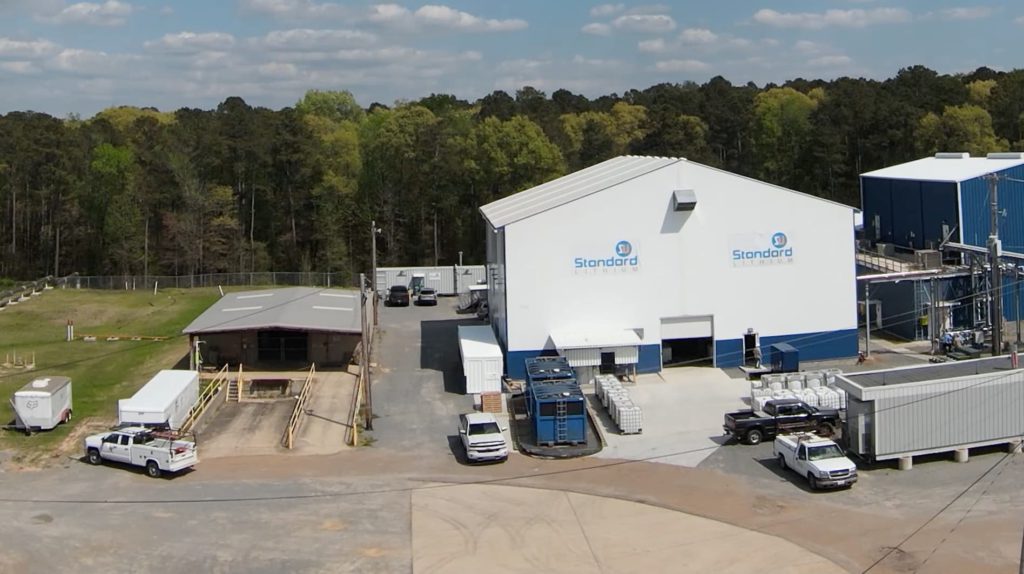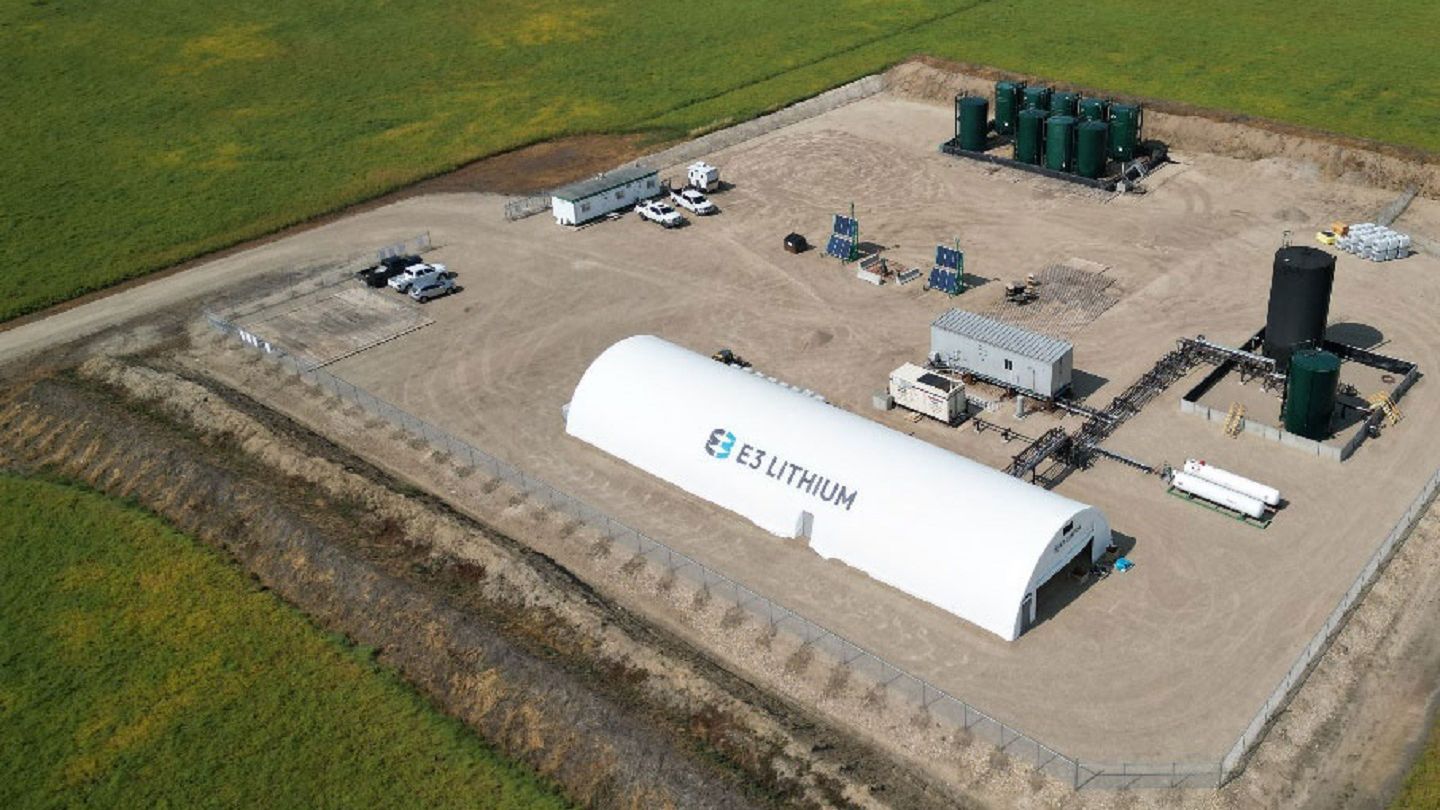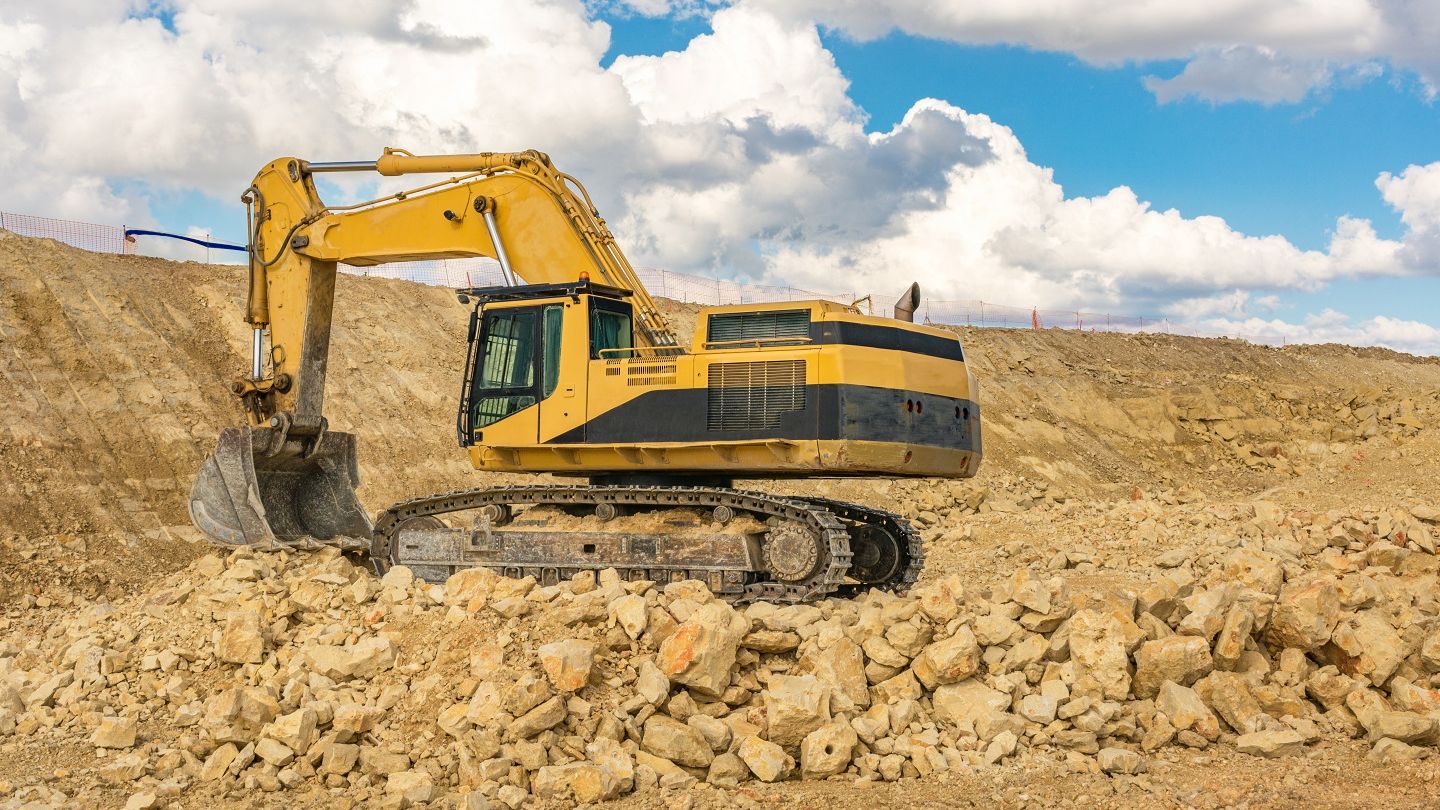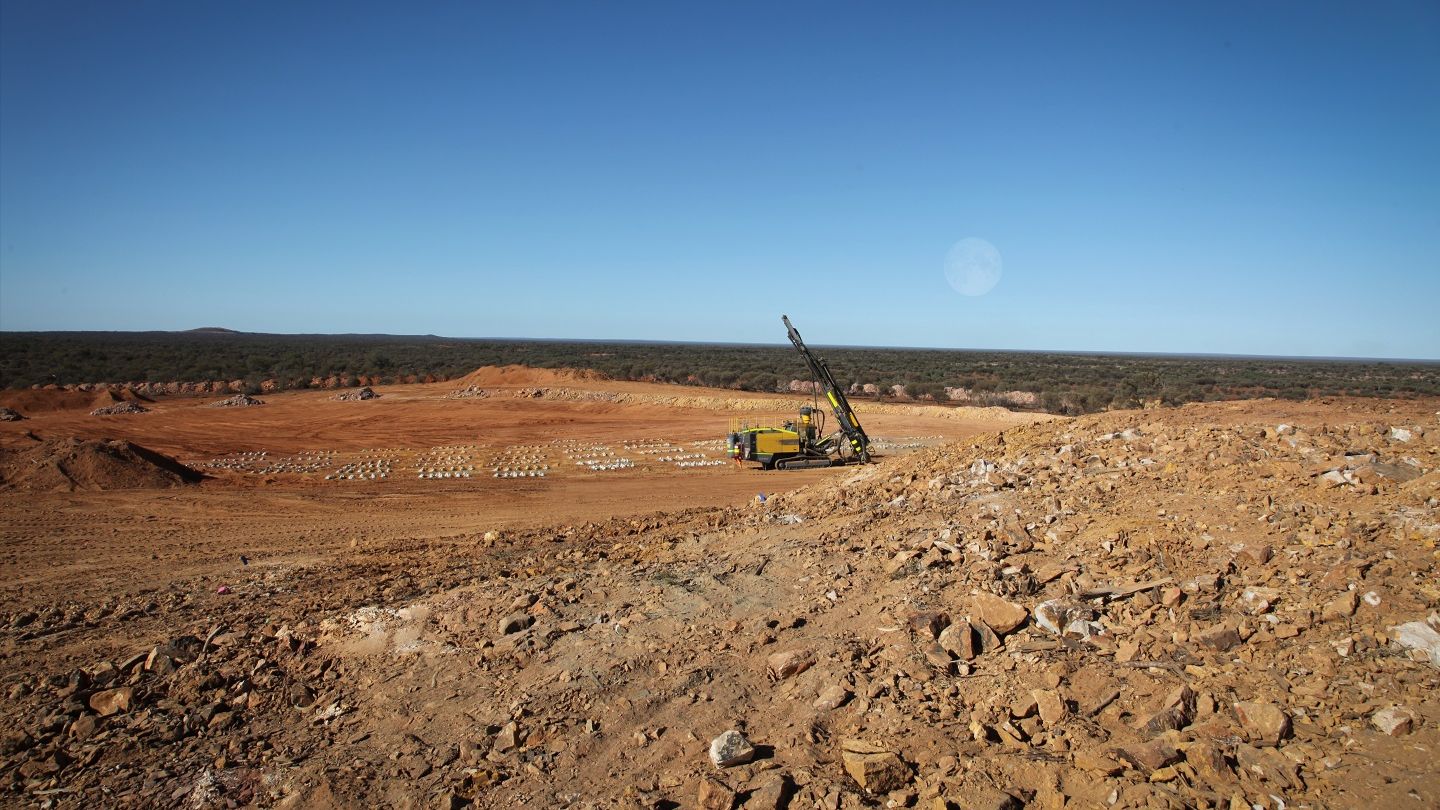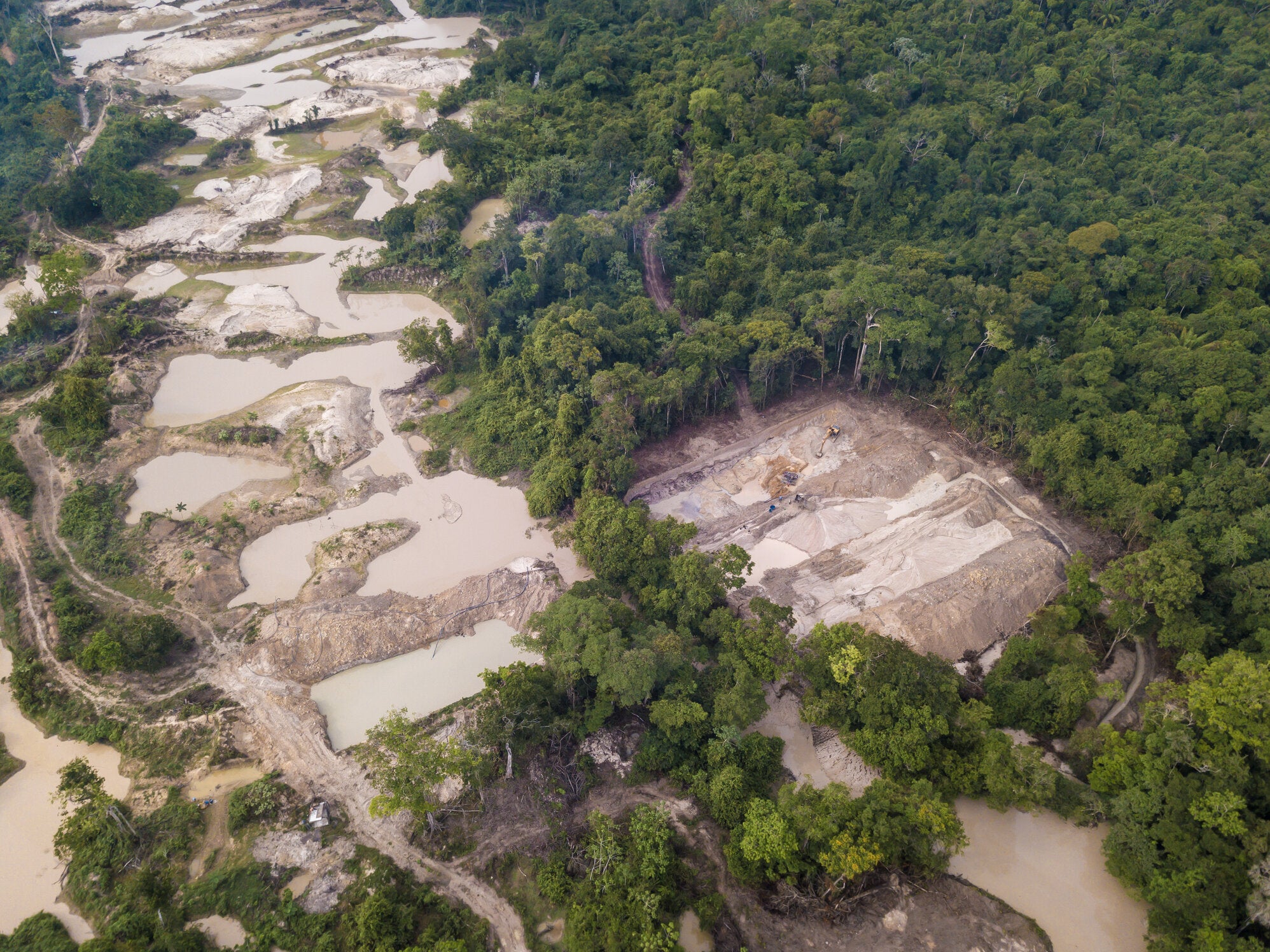Saskatchewan seeks to develop SMR supply chain
25 August 2023
Saskatchewan's Crown Investments Corporation (CIC) is providing CAD479,000 (USD352,296) to the Saskatchewan Industrial and Mining Suppliers Association (SIMSA) and its partners to prepare local companies for their future participation in provincial, national and global small modular reactor development.
.jpg?ext=.jpg) SaskPower has selected GEH's BWRX-300 for potential deployment in Saskatchewan (Image: GEH)
SaskPower has selected GEH's BWRX-300 for potential deployment in Saskatchewan (Image: GEH)The two-year funding agreement between CIC and SIMSA - a non-profit organisation representing more than 300 Saskatchewan-based suppliers to the industrial, mining and energy sectors - will support a small modular reactor (SMR) supply chain specialist position with SIMSA.
The funding will also help engage First Nations Power Authority (FNPA) for its assistance to explore Indigenous economic opportunities and enable the Organization of Canadian Nuclear Industries (OCNI) to deliver its Ready4SMR programme to develop local suppliers, including Indigenous-owned companies.
"Programming and resources made available through this funding are crucial to moving toward building a nuclear industry in Saskatchewan," said Minister of Crown Investments Corporation Don Morgan. "Our province has a long successful history of nuclear research and development, and we are a world-class supplier of high-quality uranium ore. Advancing Saskatchewan's SMR supply chains will unlock economic and job potential for communities near and far, including our rural, northern and remote regions, and Indigenous communities."
"SIMSA is excited to work with CIC to build additional resources to enhance the development of qualified nuclear manufacturing and construction companies in our province," said SIMSA Executive Director Eric Anderson. "One crucial component of this work is the recruitment of an SMR supply chain specialist. The specialist has outstanding nuclear and supply chain experience and knows the current market elements. This position will be an invaluable asset to advance SMR development in Saskatchewan."
"The Organization of Canadian Nuclear Industries is proud to be working in Saskatchewan with SIMSA and FNPA to implement our Ready4SMR programme," added OCNI President and CEO Bill Walker. "We'd also like to acknowledge and thank the Crown Investments Corporation of Saskatchewan for their contribution in making this project possible.
"Canada is leading the world in the deployment of small modular reactors and we're excited to see Saskatchewan planning for SMRs as part of their clean energy mix. Our role is to build a pan-Canadian supply chain that gives provinces like Saskatchewan an opportunity for economic development as your already thriving supplier base considers joining the Canadian nuclear industry."
Last week, the Canadian government approved CAD74 million of federal funding for SMR development in Saskatchewan. The funding - including more than CAD24 million from the proceeds of Canada's pollution pricing system - will support work to advance the project led by utility SaskPower.
In 2022, SaskPower selected GE-Hitachi's BWRX-300 SMR for potential deployment in Saskatchewan in the mid-2030s, subject to a decision to build that is expected in 2029. SaskPower has identified the regions of Elbow, in south-central Saskatchewan, and Estevan, in the far south of the province, as potential areas to host an SMR. It has begun an engagement exercise to share information and gather input as it works to narrow down a site. According to its project timeline, it expects to finalise its site selection in 2025.
Although all of Canada's uranium production comes from Saskatchewan, the province does not currently use nuclear power. However, Saskatchewan's government identified development of SMR technology as a goal for growth in its 2019 development roadmap, and in March 2022, alongside the governments of Ontario, Saskatchewan, New Brunswick and Alberta, it released a joint strategic plan setting out a path for developing and deploying SMRs.
Researched and written by World Nuclear News
.jpg?ext=.jpg) From left to right: Anicet Touré, Head of Strategy, Nuclear (Tractebel), Dan Kell, Senior Director - Power Transmission & Integration (Hatch), Philippe Van Troeye, CEO (Tractebel), Jim Sarvinis, Managing Director - Power (Hatch), Denis Dumont, Chief Global Nuclear Officer (Tractebel), Adel Muna, Director of Power - Europe (Hatch), Arnaud Rahier, Chief Operating Officer, Canada (Tractebel), Alain Masuy, Advisory Lead, Europe (Hatch) (Image: Tractebel)
From left to right: Anicet Touré, Head of Strategy, Nuclear (Tractebel), Dan Kell, Senior Director - Power Transmission & Integration (Hatch), Philippe Van Troeye, CEO (Tractebel), Jim Sarvinis, Managing Director - Power (Hatch), Denis Dumont, Chief Global Nuclear Officer (Tractebel), Adel Muna, Director of Power - Europe (Hatch), Arnaud Rahier, Chief Operating Officer, Canada (Tractebel), Alain Masuy, Advisory Lead, Europe (Hatch) (Image: Tractebel).jpg?ext=.jpg) ISP's vision for the CISF (Image: ISP)
ISP's vision for the CISF (Image: ISP).jpg?ext=.jpg) Scientists and engineers from GE's Carbon Capture Breakout Team will work on the pre-feasibility studies (Image: GE)
Scientists and engineers from GE's Carbon Capture Breakout Team will work on the pre-feasibility studies (Image: GE)